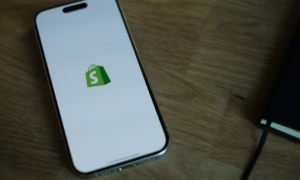By 2032, the champagne market is predicted to develop at a CAGR of 5.08 percent, reaching a value of US$ 11.7 billion.
The alcohol beverage business had an initial setback as a result of the epidemic, which resulted in transportation delays, increased packaging costs, and a scarcity of containers. However, because of government assistance and incentives, the alcoholic beverage business rebounded after the first wave was sponsored and the majority of the world’s population was vaccinated.
The number of companies and shops offering a wide range of alcoholic beverages has increased significantly, and the only distinction they can make is product diversity. As a result, important players are concentrating on developing niche products that cater to specific consumer needs. This is predicted to boost global demand for alcoholic beverages, which will affect champagne sales.
The pandemic had a significant impact on in-store sales. Companies built online portals and delivered champagne and other alcoholic products to consumers’ doorsteps to circumvent distance restrictions. Even if the situation improves, many distributors are expected to shift their business models to include partnerships with on-demand businesses that acquire alcohol from retailers and deliver it to users.
Takeaways from the Market Research
- Through 2032, the champagne market in North America and Europe is predicted to grow at CAGRs of 5.1 percent and 5.3 percent, respectively.
- In 2022, Latin America and Oceania have a market share of 4.5 percent and 4%, respectively.
- The champagne market in Europe is estimated to reach US$1.6 billion by 2020.
- Low alcohol champagne sales will be boosted by rising customer demand for healthy and nourishing beverages.
- Economically priced champagne has the largest market share and is predicted to grow at a CAGR of 6.0 percent over the next five years.
Competitive Environment
Champagne producers are concentrating their efforts on research and development to provide a wide range of alcoholic beverages. The selling of champagnes is predicted to generate the most revenue from premiumization. To differentiate themselves from the competition, significant competitors focus on supplying varied flavors based on customer preferences.
- Laurent Perrier
- Centre Vinicole – Champagne Nicolas Feuillatte
- Louis Vuitton SE
- Taittinger
- Pernod Ricard
- LANSON-BCC
Request for Sample of this Report





























